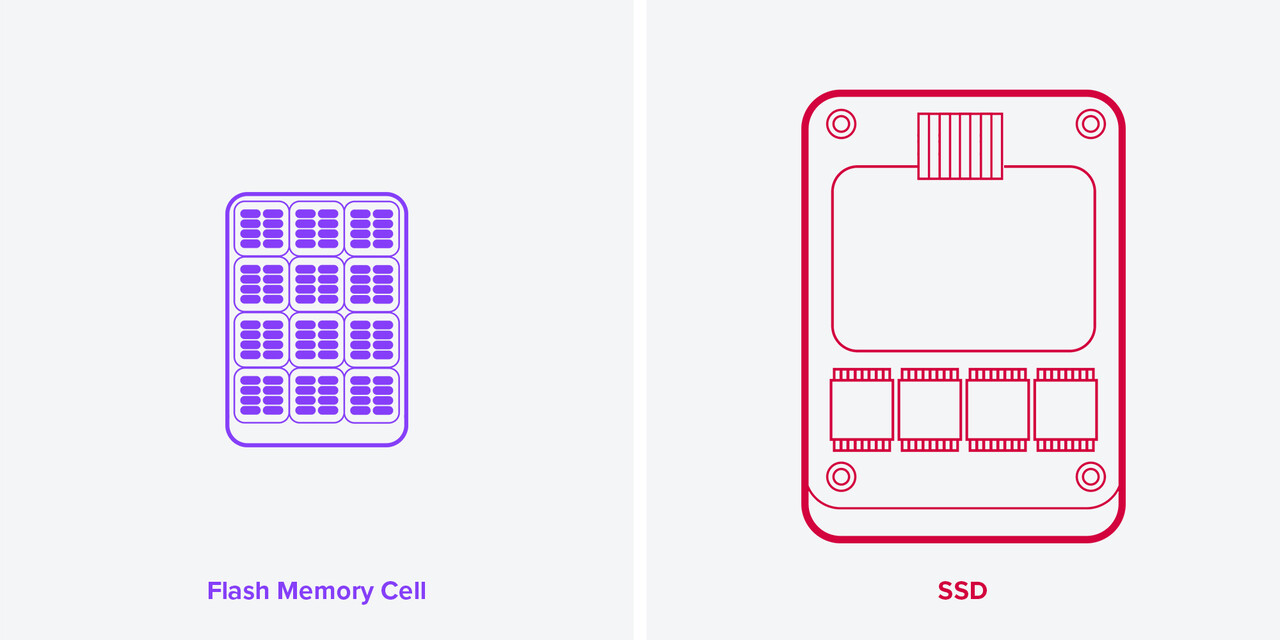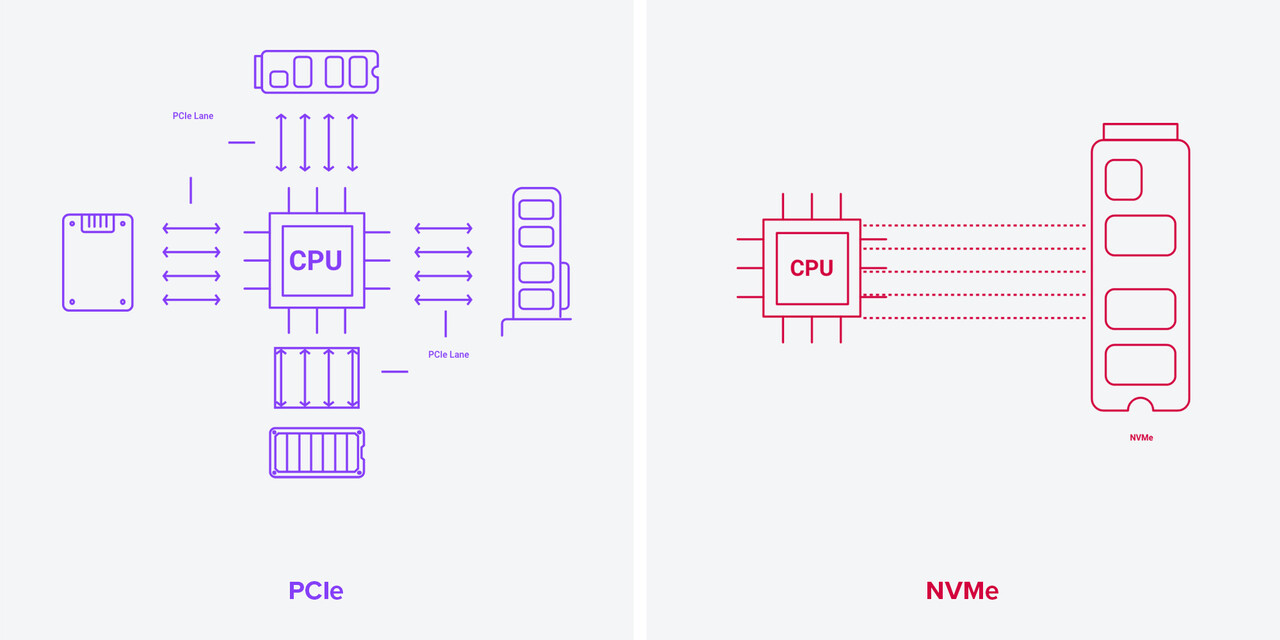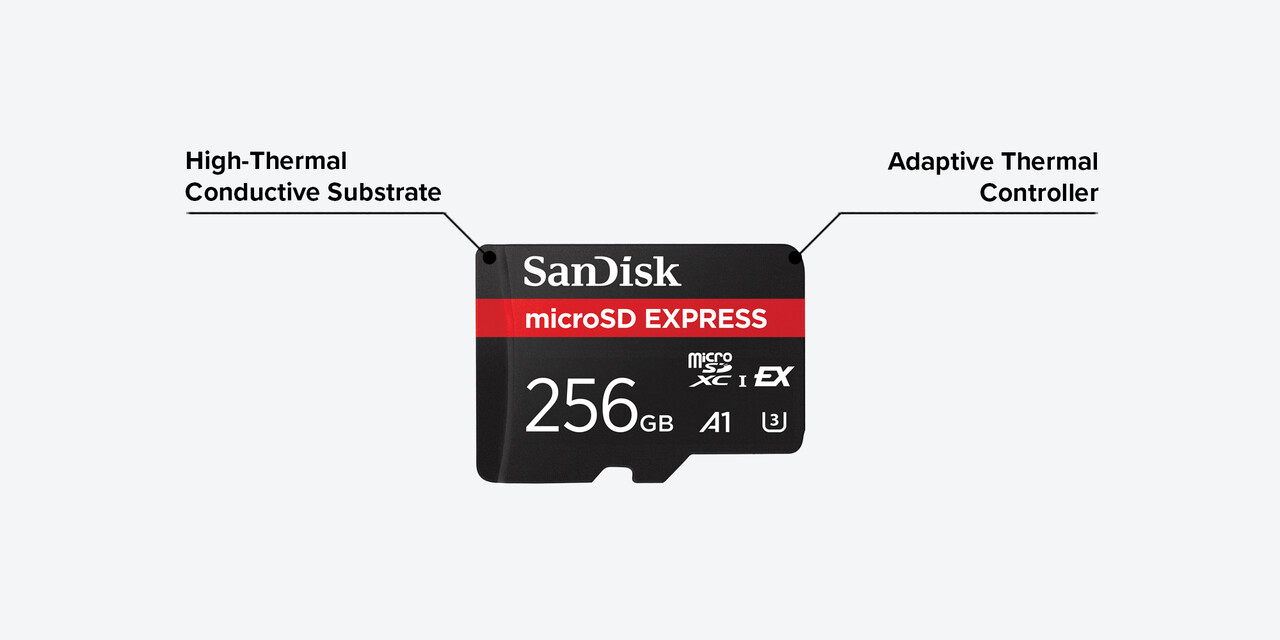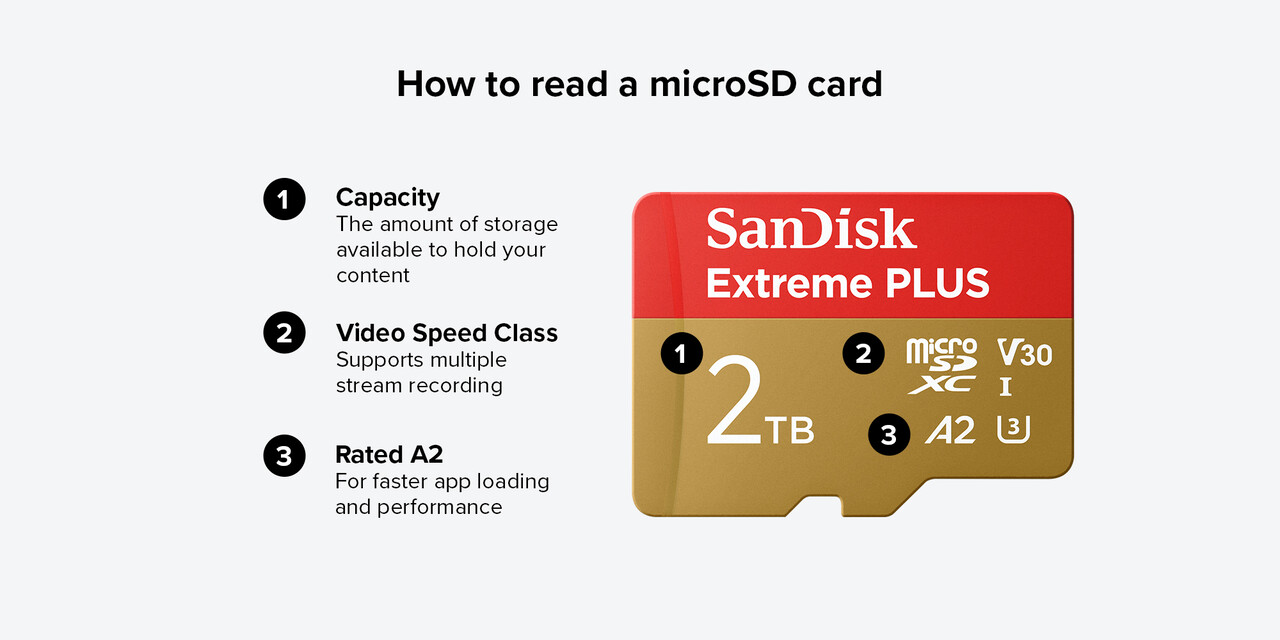Memory Card Innovation from Flash Pioneers
When the team that invented flash storage first observed flash memory cells at work, they were struck by how quickly they could erase or reprogram data. The instantaneous process reminded them of a camera flash, and so the team named the new medium “flash.”

More than three decades after Dr. Fujio Masuoka and his colleagues developed its earliest forms, flash memory storage is still closely associated with innovation and speed — and with digital cameras. It’s revolutionized how we capture, edit, share, and save content that matters to us — with SanDisk at the forefront of that revolution since its earliest days.
Whether you're shooting in 4K, capturing burst mode photos, or even enjoying seamless gameplay, you’ve probably relied on flash storage like memory cards shaped by SanDisk innovation. Now, as generative AI, virtual reality, and more new technologies enter our homes and workplaces, we’re preparing users for the next generation of personal devices.
Engineering SSD Speeds into SanDisk Memory Cards
In the late 2010s, SanDisk proposed equipping memory cards with PCIe® and NVMe™ technology to the SD Association. (Think of PCIe® like a multi-lane highway and NVMe™ like a high-speed car that can use all those lanes to get where it needs to go quickly, without hitting too much traffic.)
This interface-protocol combo is usually reserved for SSDs, but storage-intensive personal tech and immersive content were already putting pressure on memory cards for more performance and more capacity. To future-proof cards and push them closer to SSD range, SanDisk technologists saw PCIe® and NVMe™ as a potential solution.

- PCIe® is the high-speed physical interface that connects devices like SSDs to a computer.
- NVMe™ is the firmware protocol that helps devices get the highest possible performance from that physical interface.
The SD Express and microSD Express protocols, now approved by the SD Association, formally introduce PCIe® and NVMe™ to memory cards for the first time. And SanDisk’s SD Express® and microSD™ Express Cards are our first to include these new protocols — not to mention the world’s fastest.

- The SD Association was originally launched in 2000 by SanDisk, Toshiba, and Panasonic to set standards for memory card technology.
- Today, the SD Association has close to 1,000 members coordinating standards across the latest memory card formats.
SanDisk technologists knew that bringing SSD speeds to formats like SD and microSD™ via PCIe® and NVMe™ could help creators, gamers, and other users manage workflows and tackle the latest games — even as they all grew more demanding.
Our SD Express and microSD™ Cards — starting at 128GB1 — are designed for filmmakers to effortlessly handle huge amounts of footage, for photographers to shoot in richly detailed 4K, and for gamers to breeze through titles on handheld consoles. So, let’s take a look:
Pioneering ThermAdapt to Make SD Express and microSD Possible
To optimize memory card speeds for near-SSD performance, it wasn’t just a matter of equipping them with PCIe® and NVMe™ technology. Hitting the transfer rates that PCIe® and NVMe™ enable causes flash memory cells to rapidly heat up. If they get too hot too quickly, they may be at risk of failure.
SanDisk technologists get around this issue with SSDs by building in heatsinks. This allows SSDs to dissipate heat even when the fastest drives are working their hardest — think of the WD_BLACK™ SN850P powering through intense, prolonged PS5® gameplay.

But SSD-style heatsinks aren’t an option for memory cards. Part of their usefulness is their ability to fit into the most compact personal devices, so SanDisk technologists needed to develop a way to manage intense heat without affecting form factor stands.
Instead, SanDisk’s team developed ThermAdapt, a new proprietary technology that encases cards in a high thermal conductive substrate that more efficiently dissipates heat. They also built in an adaptive dynamic thermal controller and algorithm to respond to host device specs and mitigate heat accordingly based on their unique requirements.

- Memory cards are too small for SSD-style heatsinks, which required the creation of ThermAdapt.
Redefining Storage Capacity for Creators
Speed is critical for creators, gamers, and most flash storage users out there — but so is storage capacity.
Whether you're a documentary filmmaker in the field, a photographer leading a shoot, or a travel blogger getting drone shots, you need memory cards that help you shoot longer before you need to swap them out. That’s why SanDisk announced our highest-capacity SDXC and SDUC UHS-I cards to date.

- Memory cards use globally recognized standards, like SD (Secure Digital) and microSD (Micro Secure Digital).
- There are additional standards beyond these, like SDXC (Secure Digital Extended Capacity) and SDUC (Secure Digital Ultra Capacity).
With SanDisk Extreme PRO SDXC and microSDXC™ UHS-I cards hitting 2TB, we’re helping customers store more of the content that inspires them. And with the 4TB SanDisk Extreme PRO SDUC UHS-I card on the horizon, we’re demonstrating just how far flash memory storage can go.
These high-capacity cards allow you to record more, offload faster, and stay focused on the task at hand without worrying about switching cards. They’re built to thrive in harsh conditions, from extreme temperatures to drops and water exposure, offering reliable performance wherever your creative journey takes you.
Learn More About Memory Card Releases
SanDisk’s history of flash innovation isn’t just about speed bumps and capacity hikes. From ThermAdapt to the new SD Express and microSD™ Express protocols, SanDisk is building the foundation for a more demanding, more immersive world of content for creators, for professionals, for gamers, and for anyone whose world revolves around data.
To shop our memory cards, head to our online store. To learn more about upcoming launches, sign up for emails from SanDisk.
Disclosures
1 1GB=1,000,000,000 bytes. 1TB=1,000,000,000,000. Actual user storage capacity less.
2 1MB/s = 1 million bytes per second. Based on internal testing; performance may vary depending upon host device, usage conditions, drive capacity, and other factors. USB 3.0 port required.
3 Full HD (1920x1080), 4K UHD (3840 x 2160) and 5K (5120 x 2880) video support may vary based upon host device, file attributes and other factors. See official SanDisk website.
Product specifications subject to change without notice. Pictures shown may vary from actual products.
SanDisk, the SanDisk logo, SanDisk Extreme PRO, SD Express, and ThermAdapt are registered trademarks or trademarks of SanDisk Corporation or its affiliates in the US and/or other countries. The microSD and microSDXC marks and logos are trademarks of SD-3C, LLC. The NVMe word mark is a trademark of NVM Express, Inc. PCIe is a registered trademark of PCI-SIG. All other marks are the property of their respective owners.
© 2024 SanDisk Corporation or its affiliates. All rights reserved.